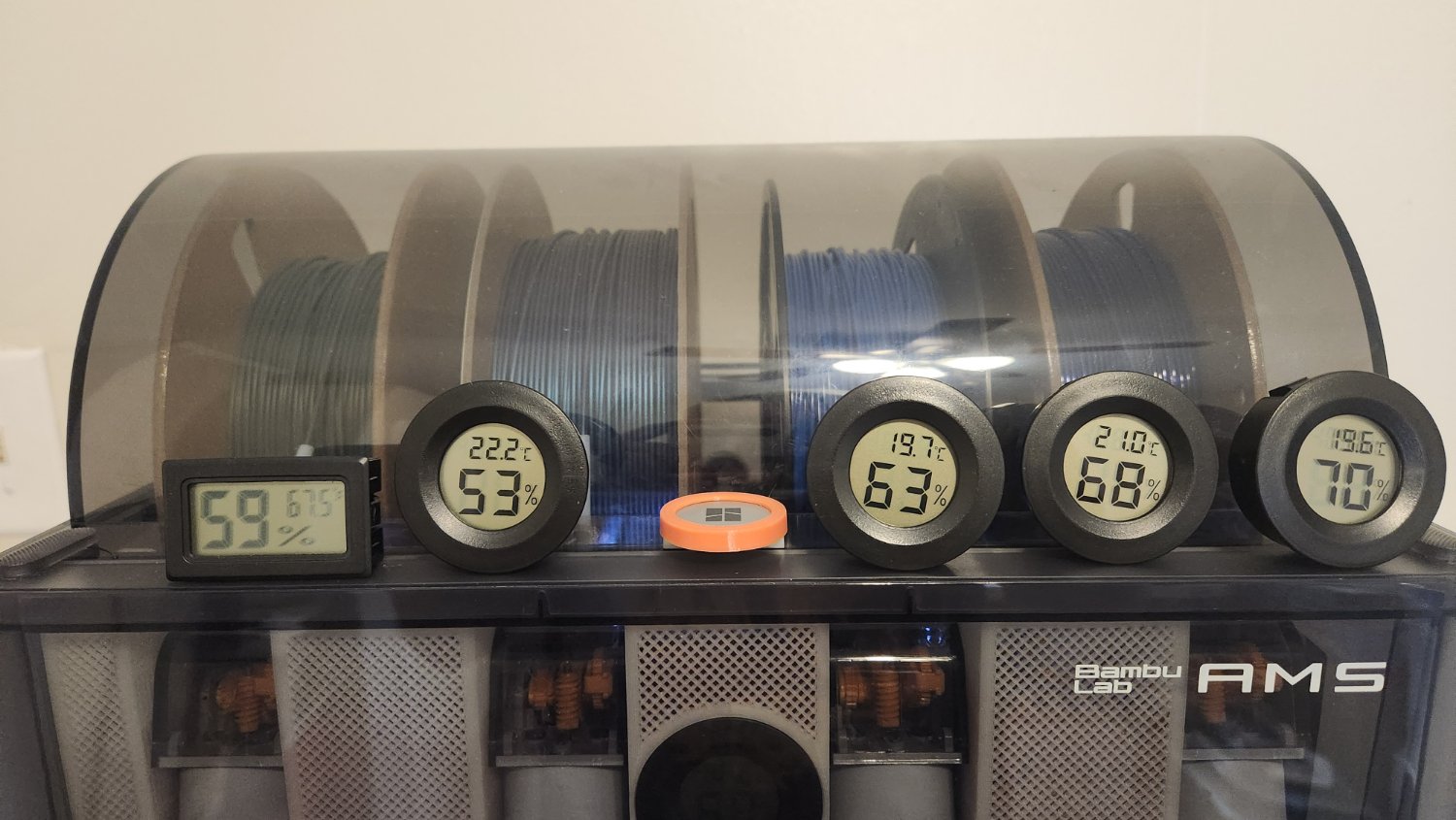3DPrinting
3DPrinting is a place where makers of all skill levels and walks of life can learn about and discuss 3D printing and development of 3D printed parts and devices.
The r/functionalprint community is now located at: or [email protected]
There are CAD communities available at: [email protected] or [email protected]
Rules
-
No bigotry - including racism, sexism, ableism, homophobia, transphobia, or xenophobia. Code of Conduct.
-
Be respectful, especially when disagreeing. Everyone should feel welcome here.
-
No porn (NSFW prints are acceptable but must be marked NSFW)
-
No Ads / Spamming / Guerrilla Marketing
-
Do not create links to reddit
-
If you see an issue please flag it
-
No guns
-
No injury gore posts
If you need an easy way to host pictures, https://catbox.moe may be an option. Be ethical about what you post and donate if you are able or use this a lot. It is just an individual hosting content, not a company. The image embedding syntax for Lemmy is 
Moderation policy: Light, mostly invisible
view the rest of the comments

@[email protected] Hygrometers are only as good as their components. Buying a DHT11/22 or SHT31 from AliExpress ($1-2) alongside an ESP8266/32 and you'd have much better results than buying these "are my cigars dry" pucks.
I'd really love to know how, once having purchased and aquired these two parts, how to join them, and get them powered, and to display. this is like secret engineering knowledge i'd love to be walked through
@[email protected] I have about $150 worth of Ali parts and components coming just this month for whole house monitoring for this kinda thing - temp, humidity, CO2, VOCs, pressure, light sensors etc. Would be glad to ping y'all once that writeup is done :)
that'd be awesome abe, thanks
LOL same. And this is why I bought bad tech. It's a whole wild world if you can actually take electronic components and just wire them together and program them yourself.
You might just end up spending all your time doing that, though.
Good times.
I've been through all the junk Amazon hygrometers, name brands, no name, all junk. How has your experience been with the inkbird ITH10? I hope abe writes up a walkthrough for the DHT11/22 and ESP8266/32 setup, it'd be neat to order from Ali and work something up.
Just bought them after the realization of this. I will try to make sure I let you know as I found a really good deal that I'd be happy to share as well if they are good as long as you are fine with used.
cheers mate
So I got my inkbird ITH10s and they are at least for me what I was looking for.
They aren't all perfect and have a slight variation between them but they are consistent and only cost me $14 for 6 of them. And I'm really only trying to get a rough idea of difference between enclosure types.
But yeah these do feel consistently like e-waste that for most people's need of tracking if their humidity on their filament has gone too high that the answer is just the color changing paper readers. That or old mechanical ones that are always on in a simpler way.
I've tried the old spring one's too, and the spring quality determines the accuracy, but again, not over time. Turns out the Inkbirds are equally as accurate as the Protmex showed, all the TermoPro's were junk, and after a brief chat with ThermoPro customer service they refunded my entire purchased which was over 6 months ago, so that was nice. I think my body has been conditioned by bad Hygrometers to misjudge waht 40% rh should feel like, but the inkbirds were a good find, am gonna keep the protmex to do spotchecks on the inkbirds every nowa and again
I don't even think these would helpfully let you know if your cigars are dry. 2 of them barely changed humidity over time and I noticed the sensors were flush with the board instead of exposed.
I ended up buying inkbird ITH10s because I generally don't go completely self made since I'm not overly tech crafty and more work with my hands crafty.
I've had massive differences in readouts in DHT22 from aliexpress. They are really not good sometimes
@[email protected] SHT31/41 are better than DHT22 tbf. DHT would have a variance of about 2-5%. It also takes a while for it to stabilize.
Thanks for the tip. The BME280 are also not too bad.
@[email protected] True - but it really depends what you're measuring with BME280/680s though (680>280). As a combination temp/humidity/pressure they're excellent, but for humidity alone I think SHT gives better "expected" readings than BME.
Someone nerded it out on arduino forums about five years ago: https://forum.arduino.cc/t/compare-different-i2c-temperature-and-humidity-sensors-sht2x-sht3x-sht85/599609/10